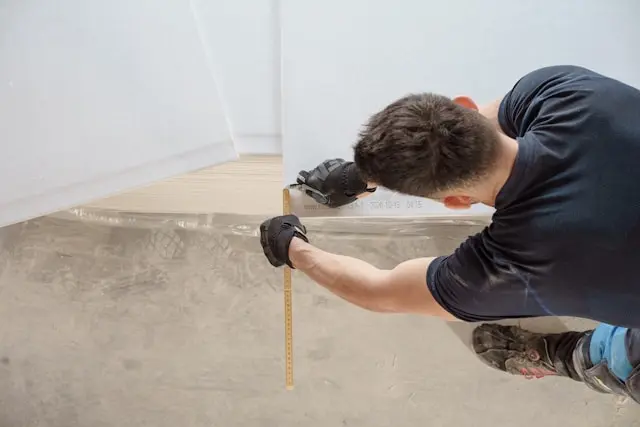Many people suffer from pelvic floor dysfunction, a surprisingly common group of conditions that compromise not only physical well-being but also emotional health.
This dysfunction can affect both men and women, yet it’s often shrouded in misunderstanding or embarrassment. Fortunately, physical therapy offers a safe and effective solution, restoring pelvic harmony and advancing overall health and well-being.
Understanding Pelvic Floor Dysfunction
The pelvic floor is a network of muscles and connective tissue forming a supportive sling at the base of the pelvis. It plays a crucial role in bladder and bowel control, sexual function, and even core stability.
Pelvic floor dysfunction arises when these muscles become either too weak or too tight, leading to symptoms like urinary or fecal incontinence, pain during intercourse, constipation, and persistent lower back, abdominal, or hip pain.
Causes of Pelvic Floor Dysfunction
Numerous factors can disrupt pelvic floor health. These include:
- Pregnancy and childbirth: Vaginal delivery can significantly strain the pelvic floor muscles.
- Trauma or injury: Accidents or pelvic surgeries can cause damage.
- Chronic health conditions: Constipation, obesity, and aging can all weaken or tighten pelvic muscles, leading to problems.
Pelvic Health Pathway: Techniques for Harmony
Tobler physical therapy and therapists specializing in pelvic floor treatment employ specialized techniques to restore pelvic function and improve quality of life. The techniques include manual therapy, biofeedback, breathing and relaxation exercises, and other therapeutic exercises.
Manual therapy uses gentle hands-on techniques and can relieve muscle tension, improve joint mobility, and reduce pain in the pelvis and surrounding areas. The methods can include massage and manipulation.
Biofeedback uses technology to provide real-time feedback on pelvic floor muscle activity. It helps patients become more aware and gain control.
Breathing and relaxation exercises include meditation and mindfulness practices. The exercises promote a relaxation response to reduce pelvic tension and improve muscle function.
Finally, a physical therapist can use various therapeutic exercises to target the pelvic floor. The exercises help with strength, flexibility, and coordination, building a patient’s confidence and control.
Balancing the Pelvis: PT’s Approach to Health
Physical therapists understand that pelvic health is individualized. They design personalized treatment plans that address each patient’s unique needs. Alongside physical treatments, therapists often provide guidance on lifestyle modifications and postural or body mechanics education. They might recommend dietary changes, stress management, and bladder or bowel retraining strategies. A therapist can also discuss the advantages of correcting posture and movement patterns to alleviate unnecessary strain on the pelvic floor.
Beyond the Physical: PTs as Partners in Well-Being
Pelvic floor dysfunction can be emotionally draining. Physical therapists offer compassionate support and help patients navigate the challenges. They also work seamlessly as part of multidisciplinary care teams, collaborating with doctors and other specialists when needed.
Pelvic floor dysfunction doesn’t have to limit your life. Don’t hesitate to seek physical therapy jobs near me to find help from a qualified pelvic floor physical therapist. They possess the skills and knowledge to guide you towards restored pelvic function and overall better health. If you’re struggling with pelvic floor issues, we encourage you to reach out and start the journey toward pelvic harmony.



